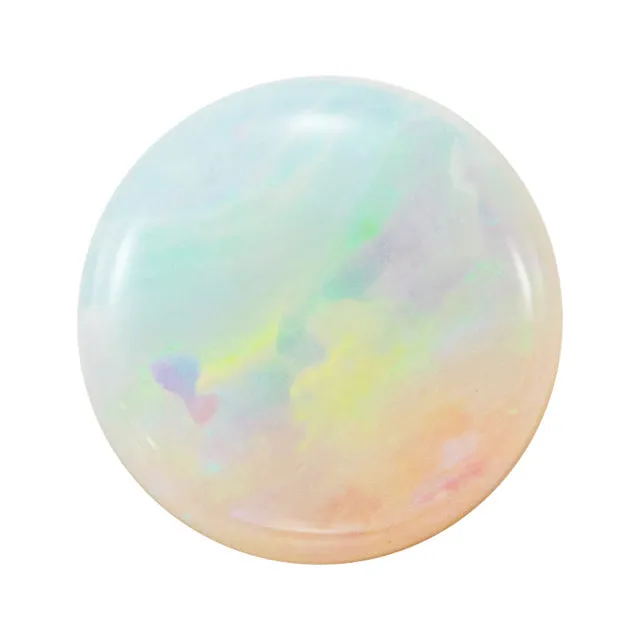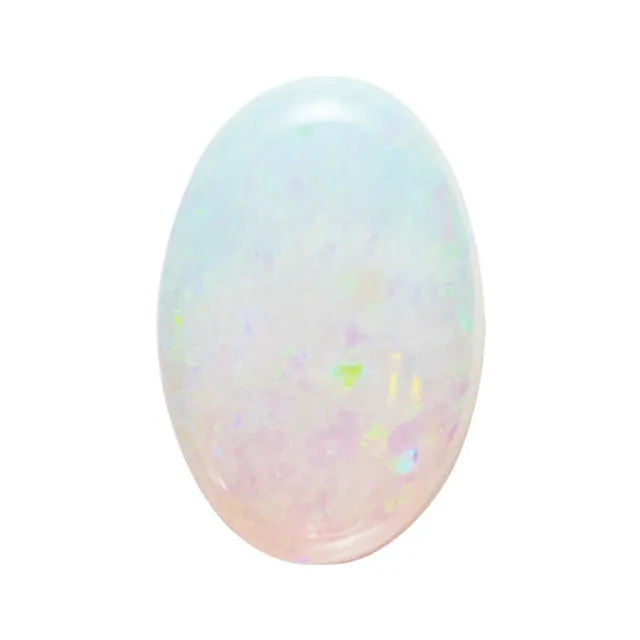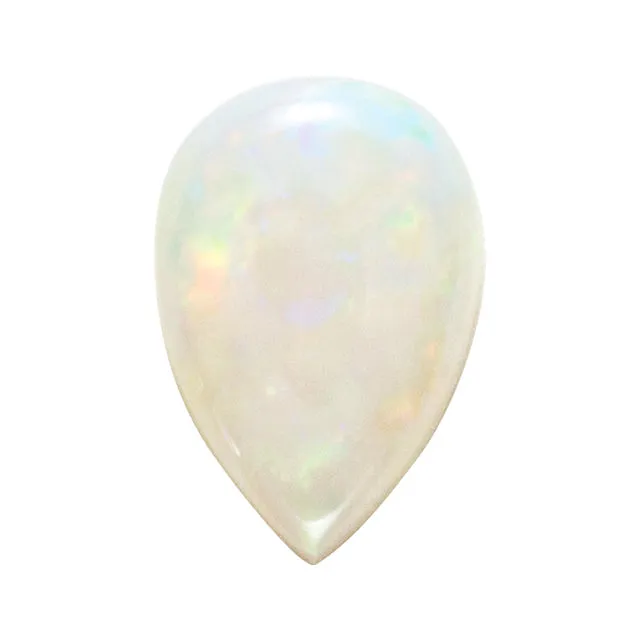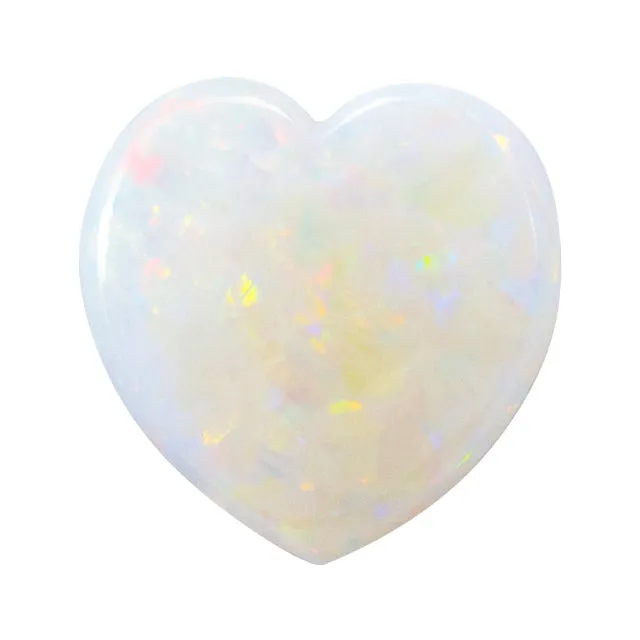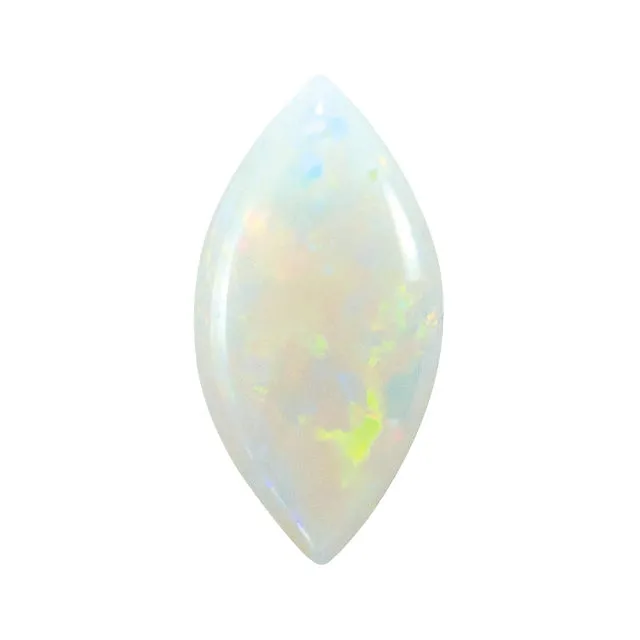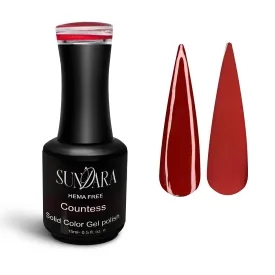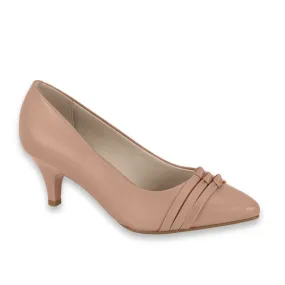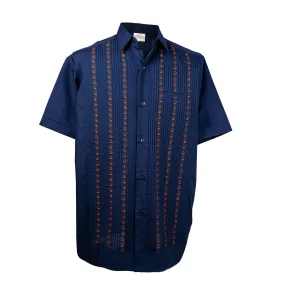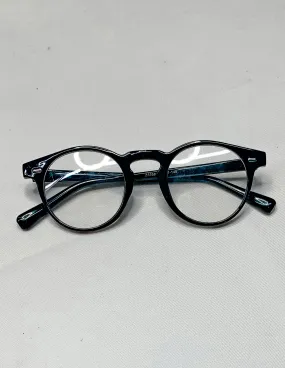When seasonal rains soak dried earth, they carry silica into underground rock. Upon drying, these silica deposits eventually develop into opal. The color of the opal is determined by the size of its silica spheres and the pattern in which the spheres are stacked. These factors influence how the opal diffracts light, and therefore, the colors and intensity of the colors that result.
Opal sometimes recieves respect as the luckiest of gemstones. This is because it displays the colors of many other prized gems and may symbolize the possession of an "all around character." Fine opal may contain the green of emerald, the red of ruby, the purple of amethyst, the blue of sapphire, and the yellow of topaz. Australia's Outback is, incomparably, the primary source for fine opal.




